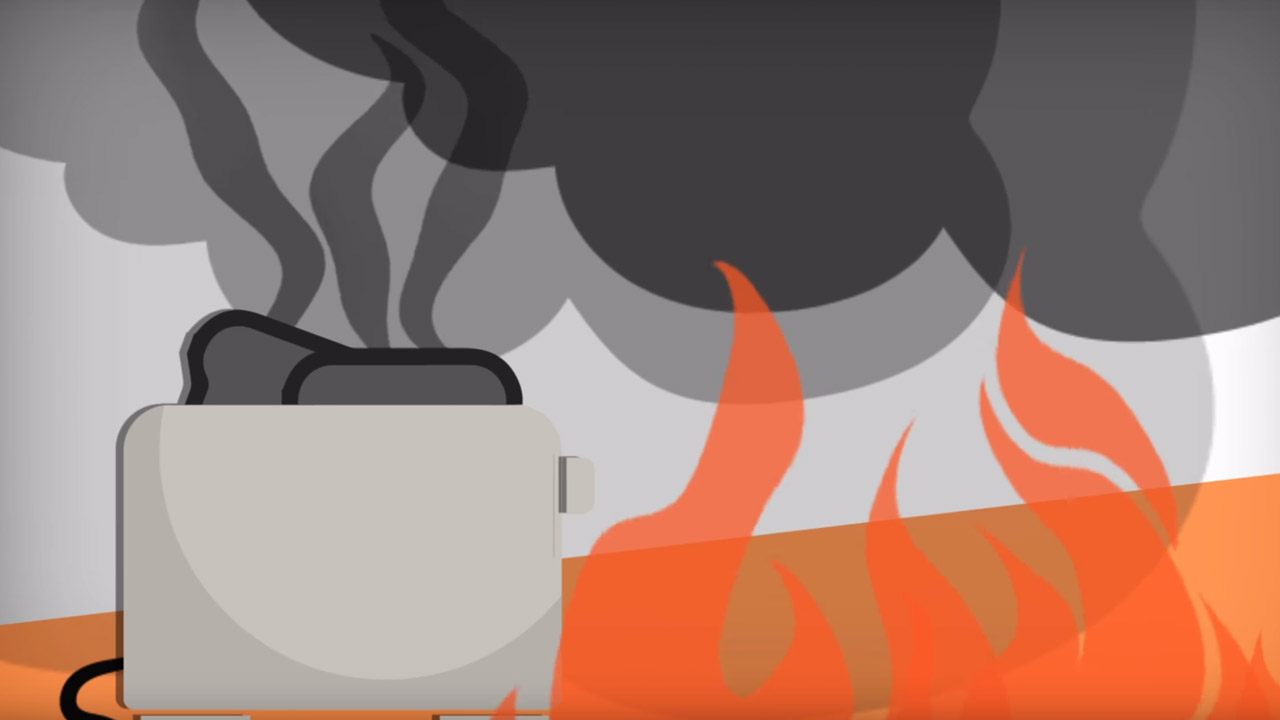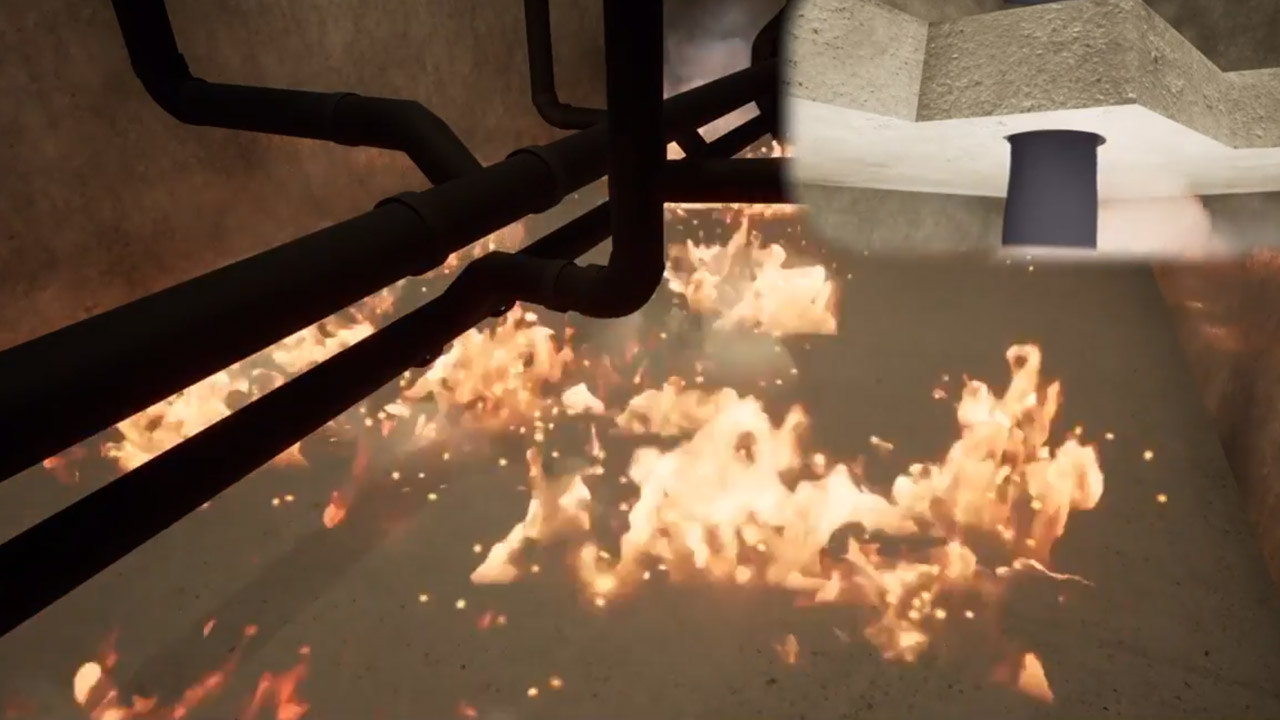Fire threatens and kills human beings, destroys material assets and leads to high damage costs. Ensuring fire safety must always be a priority in any high-rise building project. For piping systems, this can be achieved through a combination of active and passive fire safety.
Active and passive fire safety solutions

Active fire safety
Fire sprinklers are a very secure and reliable fire prevention method that is often underutilised. When installed and maintained properly, fire sprinklers significantly reduce the risks of casualties and damage to buildings. They are relatively inexpensive, and when installed may allow building owners to reduce their insurance premiums. The Fire Sector Federation (FSF) in the UK estimated that sprinklers could have been installed in the tower block in London which recently suffered a catastrophic fire, for an estimated cost of £200,000. Following this tragedy, firefighters have repeated their call for sprinklers to be installed in high-rise blocks of flats (retrofitted in existing buildings).
Specially formulated for wet automatic fire sprinkler systems, BlazeMaster® pipe and fittings are made from post-chlorinated polyvinyl chloride (CPVC) and are suitable for active fire safety in high-rise buildings. Benefits of BlazeMaster® pipe and fittings include a lightweight yet strong material; they avoid any friction loss; they avoid any rusting, pitting, scaling or corrosion, even in salt air environments; they are easy to install and are immune to Microbiologically Influenced Corrosion (MIC).
Offered in cooperation with Aliaxis partner Lubrizol, BlazeMaster® CPVC systems are backed by an extensive field support team that provides professional installation recommendations to maximise efficiency and cost savings, compliance advice for local, regional and national building codes and expert design and specification recommendations.



Passive fire safety
Installing fire collars on the drainage systems of high-rise buildings optimises structural fire protection and ensures that stringent fire requirements are met. Fire collars consist of intumescent material and are designed to maintain the integrity of the fire resistant element through which plastic pipes pass. Fire collars are suitable for installation in the various types of floors, walls and ceilings in which they have been tested.
In the event of fire, the plastic pipe will start to deform. In the case of uPVC pipes, this occurs at a temperature of approximately 70°C. In the event of a fire, the intumescent material in the fire collar expands, closing off the plastic pipe or combustible insulation, forming an insulating barrier. The intumescent compound of the fire collar continues to expand throughout the fire and forms a char barrier which prevents flame and hot gases from passing into adjacent compartments, forming a closed fire compartment.

Aliaxis is collaborating with Promat, part of the Etex Group, to integrate the highest levels of fire protection in its systems. Aliaxis systems have been tested with Promat fire collars and certifications are available for total peace of mind. Using plastic pipes with fire collars offers a fully fire-safe compartmentation solution.
Passive fire protection: metal vs. plastic
It is generally conceded that most combustible pipes will be consumed fairly quickly in a fire but does that create a large fire safety risk for the remainder of the building? The answer is no.
The reason it does not is through very effective fire stopping. Fire stopping is the process of applying tested materials and systems to the underside of floors or on both sides of walls whereby the penetration for the pipe will not allow passage of heat or flame to adjacent compartments. It can be argued that fire stopping devices such as collars actually work more effectively with combustible pipe than they would for metal pipe.
This is because these devices tend to sever off a combustible pipe very early in a fire as the intumescent material rapidly expands and fills the hole left by the consumed pipe. The end result is a collar fastened to the floor or wall surface that contains a large amount of charred material which is resistant to the passage of flame or significant heat. They are effectively like a lump of coal protecting the hole during the fire and will typically offer sufficient protection.


